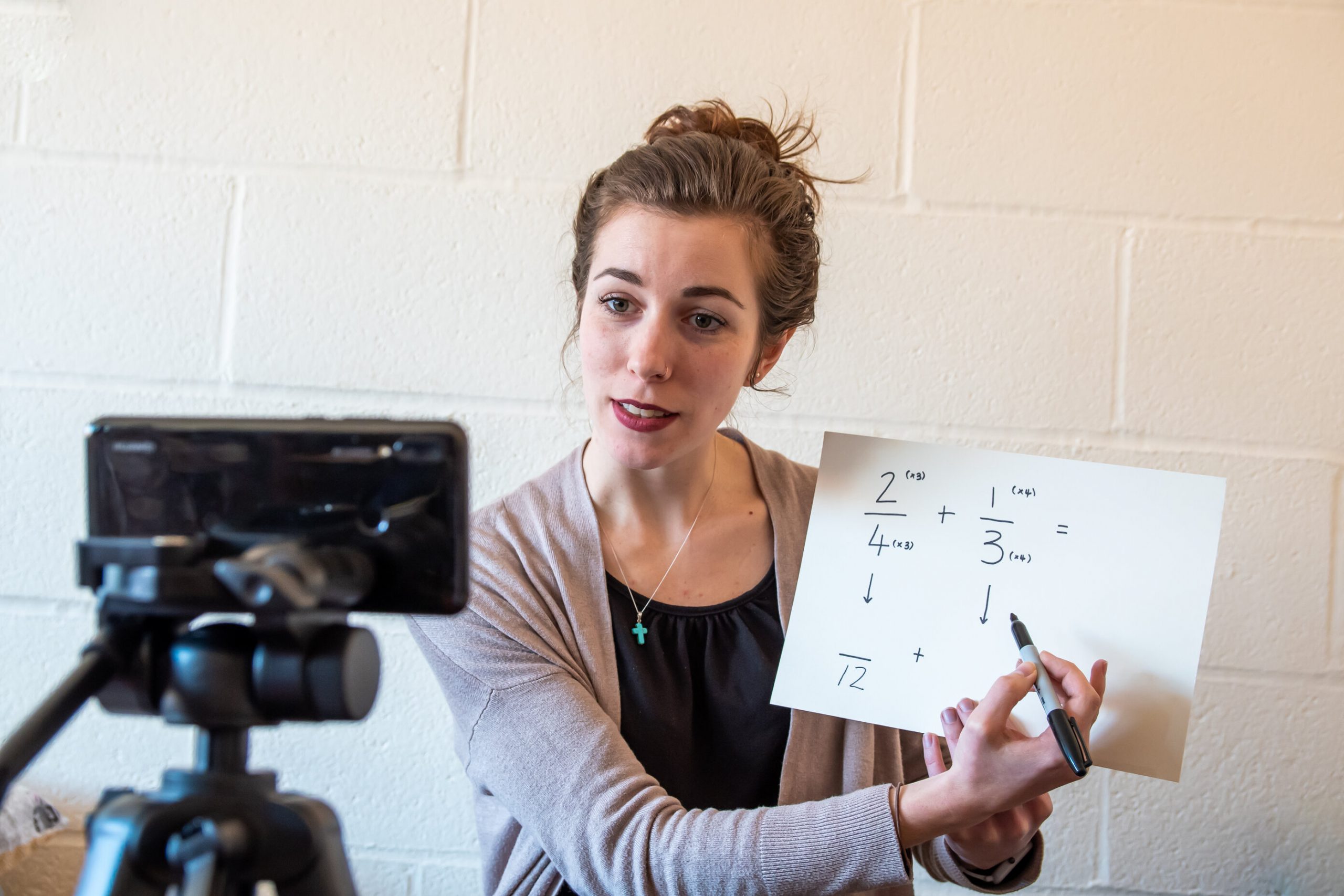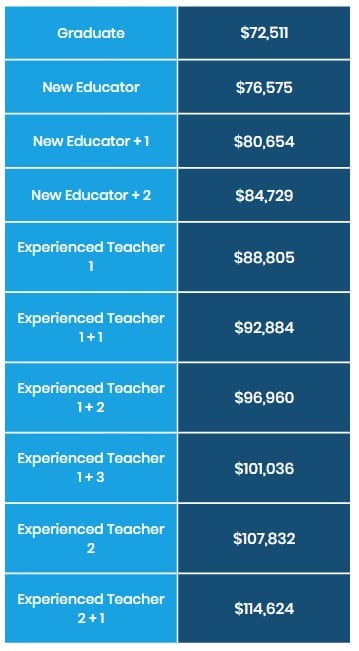Throughout the past year, teachers around the world have been balancing teaching remotely for large class groups with in-person classes for vulnerable children, those with SEN needs and children of key workers. As we enter the UK’s third national lockdown, the majority of the nation’s pupils in the country’s 32,000 schools are expected to attend their classes virtually. With confusion and debate around exams, lesson requirements and pupil access to devices, many teaching professionals are concerned about impacts on the Academic achievements and mental health of their year groups.
Prospero’s education recruitment consultant team is staffed by former qualified teaching professionals. Our specialist team reveal their five top tips for online teaching and digital lesson planning to help other educators through the pandemic.

5 Top Tips for Teaching Remotely
- Reflect on Your Normal Lesson Planning
Whilst the sudden return to working from home has meant many education professionals have had to respond very quickly with online learning materials, taking a step back to plan ahead can both save time and improve the quality of your lessons going forward.
Reflect and analyse the effectiveness of your classes as you normally would. Ask yourself the following questions:
- What has worked well previously – what have students responded to and particularly enjoyed?
- What pace and structure has worked particularly well?\
- Which strategies and styles have been most effective?
- What have you learned about yourself and your teaching in the past year?
- What challenges have students faced in your classroom and how have you helped them?
Your reflections can be incorporated into your digital lesson plans and inform new ideas to adapt your classes to digital learning.
2. Keep Classes Varied
Although the best teachers make learning fun and enjoyable for their students, Covid-19 has demanded more from education professionals than ever before. From covering for ill and self-isolating colleagues and to dealing with the confusion around GCSE and A Level results, to significant impacts to teacher mental health, educators can be forgiven for struggling with another bout of engaging online learning. Often this teaching needs to be delivered remotely. However, as the mental health of children and young people plummets, and experts predict long-term damage to education and careers caused by the pandemic, a fun and supportive learning environment is vital for students in 2021.
Variety is the best way to make classes fun and beneficial to pupils. Use a mix of live lessons and recordings to ensure you give your classes face-to-face learning and empower students to absorb information at their own pace. Play short videos to provide another on-screen visual element to lessons, and use worksheets and workbooks to add a layer of inclusion to classes and help pupils split their attention between the screen and their own environment.
Get inventive and interactive to help your students feel as much a part of their school and year group as possible. Ensure students interact with each other as well as with you, through online games, discussions and revision quizzes.
3. Safeguarding
The pandemic has exposed the vast inequalities in many societies around the world, and has highlighted the importance of protecting vulnerable children and young people. Without access to schools and physical support systems, students may now be feeling more alone or be at higher risk of abuse or neglect than in previous months.
Online education is open to threats such as hacking, sharing inaccurate information or non-compliance with the law. To ensure all digital lessons are fit for purpose, teachers should ask their Heads and Principals for their remote education and technology policies, create and share with department heads plans stating which tools and techniques are incorporated into lessons, and create strong passwords and use protected, credible sources for technical tools. Communicating with colleagues, asking for feedback on plans and lessons and sharing experiences will also help to ensure learning suitability, quality and security is up to scratch across the board.
Safeguarding courses can help arm teachers with all the information they need to educate, protect and support children remotely. With over 20 years’ experience recruiting, training and supporting teachers, Prospero Teaching offering a free remote teaching course. The course includes:
- How to provide a safe learning environment when delivering lessons online
- Managing information storing and sharing
- Safeguarding students and minimising risks
- Appropriate alternatives to video conferencing
- Support and resources for online education.
4. Develop New Tactics to Maintain Engagement
With students across age groups learning in different ways, originating from different backgrounds and experiencing a variety of challenges – in addition to varying Academic ability and personality types – holding the focus and attention of every pupil is a challenge for every teacher. However, when educating from behind a screen, teaching professionals are finding themselves without many of their usual methods for engagement and behaviour management such as seating plans, group exercises, routines and physical signals like pens down and stopping at your signal.
By establishing a new routine, students can easily adapt to virtual classrooms and benefit from the following methods:
- Separate information into small, digestible chunks
- Use storytelling as a break from delivering information
- Ask questions to keep the session interactive
- Make sure pupils have something physical to do, such as things to click, type or write down on paper so that they feel involved with the lesson
- Develop a digital rewards system such as badges, points or games for hard work and achievement to sustain motivation and help students feel valued
- Prepare alternative activities such as discussion tasks in case students do lose focus when teaching remotely
5. Use Resources for Planning
All experienced professionals know to get their resources ready before lessons, however remote education has opened up access to more lesson planning tools than ever before. Teachers can:
- Create templates using Microsoft Office or other technology to save valuable time on planning, and share and distribute these through Google Classroom and other communication tools
- Take advantage of free lesson planning tools like Planboard can help organise teaching resources, create your own schedule and monitor student progress
- Complete free CPD-accredited courses such as our Safer Remote Teaching Course
- Download free interactive worksheets and booklets from Twinkl.
Find Your Next Teaching Position
Prospero are helping UK and international teachers find their next teaching role throughout the pandemic – browse our latest education vacancies.



